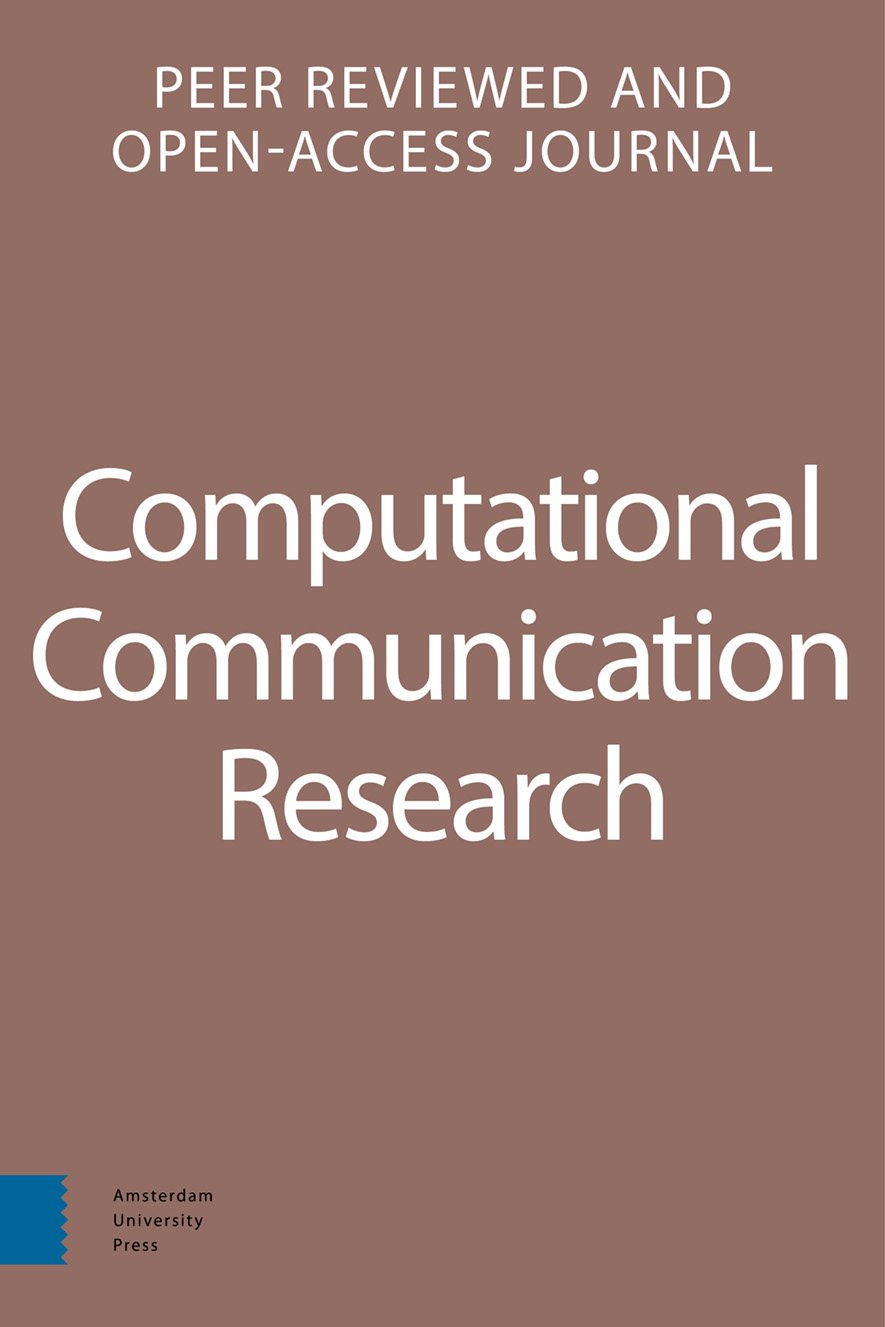-
oa Computational observation
Challenges and opportunities of automated observation within algorithmically curated media environments using a browser plug-in
- Amsterdam University Press
- Source: Computational Communication Research, Volume 1, Issue 1, Oct 2019, p. 79 - 102
-
- 01 Oct 2019
Abstract
A lot of modern media use is guided by algorithmic curation, a phenomenon that is in desperate need of empirical observation, but for which adequate methodological tools are largely missing. To fill this gap, computational observation offers a novel approach—the unobtrusive and automated collection of information encountered within algorithmically curated media environments by means of a browser plug-in. In contrast to prior methodological approaches, browser plug-ins allow for reliable capture and repetitive analysis of both content and context at the point of the actual user encounter. After discussing the technological, ethical, and practical considerations relevant to this automated solution, we present our open-source browser plug-in as an element in an adequate multi-method design, along with potential links to panel surveys and content analysis. Ultimately, we present a proof-of-concept study in the realm of news exposure on Facebook; we successfully deployed the plug-in to Chrome and Firefox, and we combined the computational observation with a two-wave panel survey. Although this study suffered from severe recruitment difficulties, the results indicate that the methodological setup is reliable and ready to implement for data collection within a variety of studies on media use and media effects.


